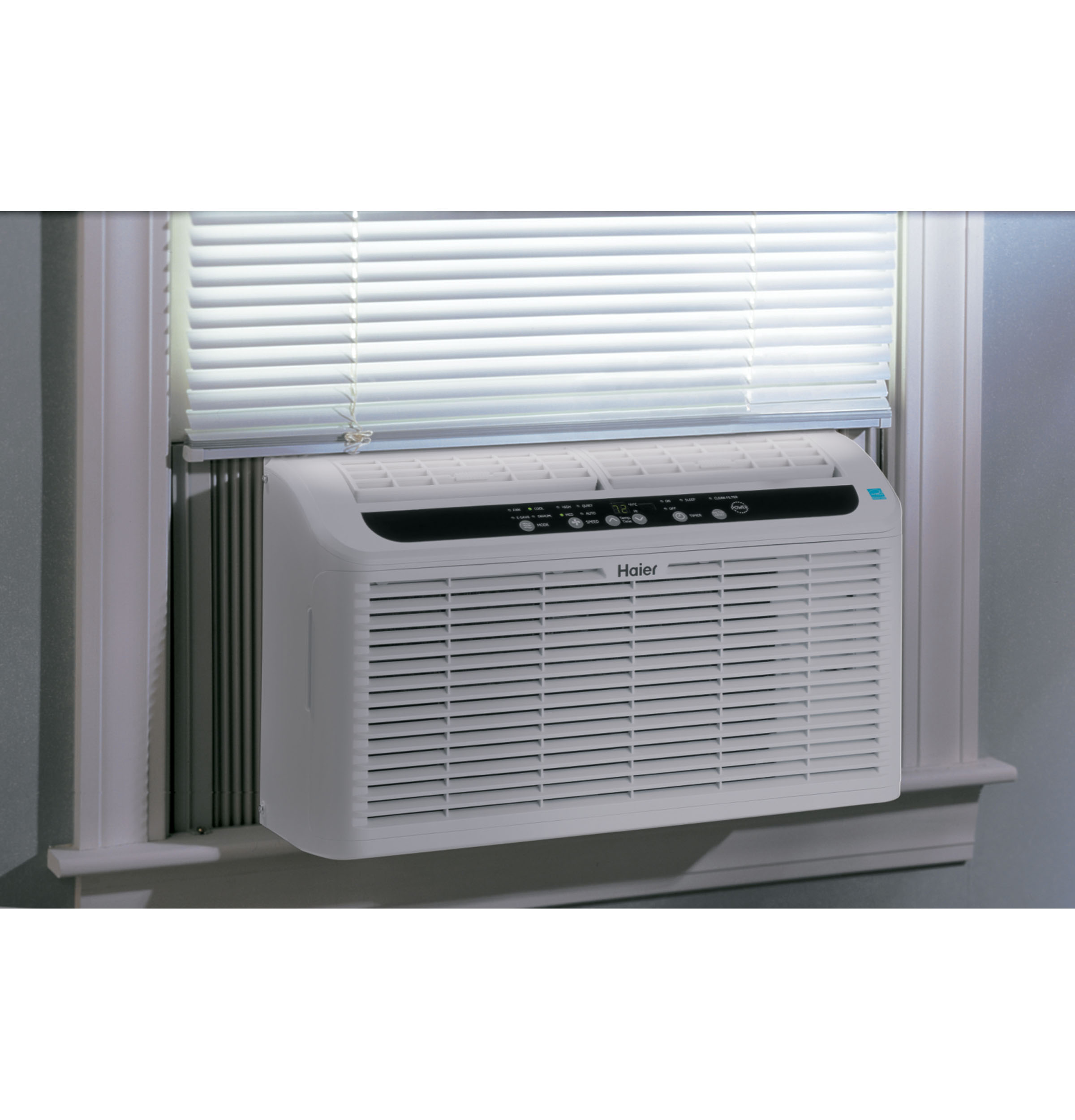I recently purchased a new house and was told by the seller that the outside central air unit was okay. In fact when I attempted to turn it on to test it , the unit made a loud noise. Also, the fan inside the unit did not spin and the central air system did not work.
I called the home inspector I hired to inspect the house to make sure I was activating it properly. He told me yes and checked as far as he could go. He checked the breakers were on in the house and took a look at the unit outside. The inspector previously never checked the central air system before I purchased the house because he said the outside temperature had to be above 65 degrees Fahrenheit for 24 hours. That never happened.

I then realized I had better fix it myself. I did have a one year home warranty but it wouldn’t include the central air because the unit had to be working before I moved in. I would try to research on the internet and then try to fix it myself.
I learned it was important to clean the area around the central air so I carefully cut the weeds and mowed around there without damaging any wires or lines.
I shut off all power. At the fuse box I shut off all the circuit breakers because the central air can have a secondary low power electrical system. It also has a large capacitor inside which can give you a shock. A capacitor is an electrical component which can hold a significant charge.
I also had a electrical voltage checker which would check the current without touching the wires. You would simply place the tester near the wires to see if there was a current. In addition to that I had a tester which would light up if touching the bare metal of wire to see if there was a current. I definitely did not want to get shocked.
After shutting off the power, I checked the area around the unit with both of my testers. There was no current at all. I opened the top grille. This was done by unscrewing several screws on the upper side that went around the central air unit. The fan part was connected to the grill so it came attached to the grille. There were several wires attached to the fan so I could not set the grille down on the ground without damaging the wires. I rested the grilled upside down on the unit so the fan was on top of the grille.
I then proceeded to locate the lubrication portholes. There were many holes on both sides of the fan so this was tougher then it seemed. I actually put a few drops of oil in holes which were not lubrication portholes. In the end I was okay.
The portholes were covered by little while plastic plugs. I removed those with electrical pliers.
The two portholes were on the fan on the opposite side of each other. I purchased special motor oil for high-speed fans before-hand from the local big box department store (Lowes).
I poured it in drop by drop on either porthole by slightly angling the fan downwards. The oil seeped in very slowly so I would go back inside my house and come back out in ten minutes to put a few more drops of oil. I did this for a couple hours for both holes. I wanted to be sure it had plenty of lubrication.
After I was satisfied my unit swallowed enough oil, I put the plugs back in. Then I started spinning the sharp blades manually by hand very carefully. This is so the oil would begin to mix in and go in deeper. It was also to loosen the fan up a bit. I did it for 10 minutes in either direction.
Then I turned the grille over with the fan at the bottom again and put the screws on the grille.
I made sure I put the grille exactly as it was before with the screws in precisely the same position.
I went back inside and turned on all the power and then turned on the thermostat for the central air. I again heard the loud noise but this time the fan started moving. It began to go faster and faster till there was a satisfying deep hum. I checked the vents and sure enough the air was cold . I ran it for a period of time and the house was nice and cool. Yeah! Then later I went to the basement for something and discovered a pool of water on the basement floor.
My heart broke looking at the leak. However I saw something unusual with the central air water drain pipe. It seemed to have an upwards incline instead of being lower. So I took it off its support and attached it in a lower position. Sure enough water started draining out of it. Before when I put my finger in the drain pipe at the end above the laundry sink it was bone dry and filled with dust. This must be the water that was pooling up which caused the leak. I felt very satisfied indeed.

Central air systems have usually have a unit on the outside which takes out the hot air and a unit on the inside of the house which cools the refrigerant. This unit on the inside is called the plenun. It has a drain pipe which can lead to the laundry sink or even attached to plumbing drain lines in the house.
So if you have a central air unit that has been sitting a while, It may just need some lubrication and manual fan rotation. Make sure you turn off the power and beware of a large fist size cylinder piece called the capacitor. That will be in your side panel and most likely not in the fan unit. Always use a good electrical tester before you start touching any electrical components. Also don’t mess around with the refrigerant lines unless you know what you are doing. The lines are under pressure and the refrigerant can shoot into your eyes. I know I saved a bundle of money doing it myself and have the knowledge to repair it again if necessary.
Central air units are quite expensive but there are some affordable ones as well where you can get a better bargain without having to lose much and one online research about blaux portable ac reviews can help you a great deal.

